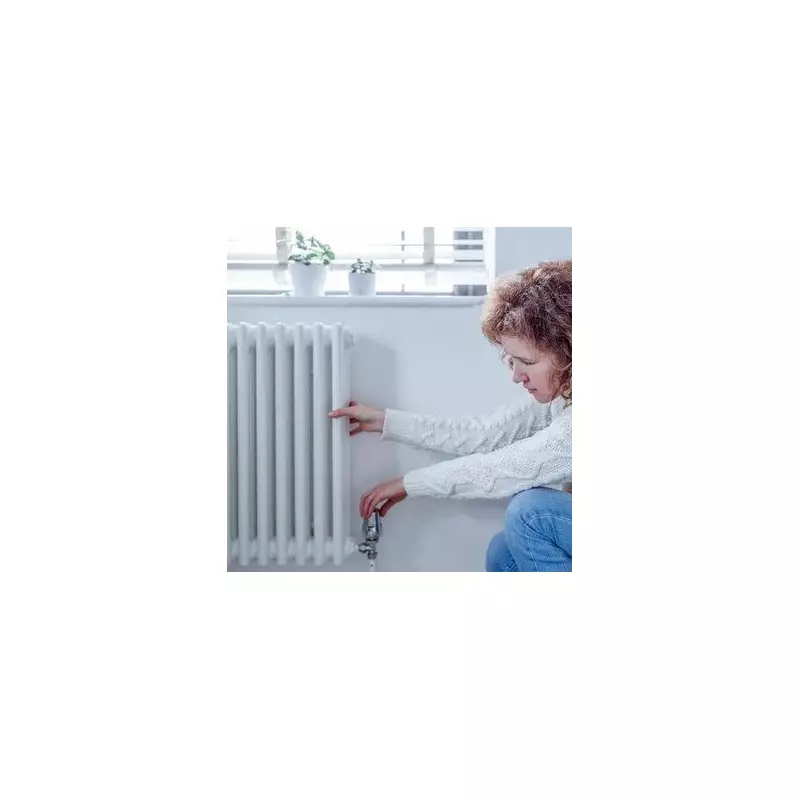
As winter temperatures plummet across the UK, many households are discovering that their radiators are failing to provide adequate warmth, often due to mysterious cold patches. According to energy expert Matthew Jenkins from myjobquote.co.uk, a cold spot at the bottom of a radiator is a common issue, typically caused by an internal build-up of sludge and debris.
The Cause of Cold Radiator Bottoms
The primary culprit for a radiator's cold bottom is an accumulation of rust and dirt within the system. Matthew Jenkins explains that radiators, being constantly damp environments, are prone to this problem over years of use. This sludge eventually restricts or blocks the flow of hot water, redirecting it to other parts of the radiator and leaving the base cold and ineffective.
The Simple Chemical Cleanse Solution
For most homeowners, resolving this issue is a straightforward process. Jenkins recommends purchasing a central heating system cleaner from a local hardware shop. After adding the recommended quantity to your system, you should let your heaters run for approximately one hour before flushing the radiator out and replacing the water.
However, the expert cautions that flushing a radiator involves removing it from the wall, a task that may require professional assistance if you are not confident in your DIY abilities. For severe sludge build-ups, he advises leaving the cleaning agent in the system for up to a week to fully dissolve all the grime before completing the flush.
A Manual Clean for the Eco-Conscious
For those wishing to avoid harsh chemicals, Jenkins outlines a comprehensive manual cleaning method. This involves isolating the radiator by closing the lockshield valve, ensuring the central heating system is switched off and the water has completely cooled to prevent injury.
Key steps in the manual process include:
- Using a spanner to close the lockshield valve and turning thermostatic radiator valves (TRVs) to zero.
- Opening the bleed valve to allow water to drain, while protecting floors from potential spillage.
- Disconnecting the radiator to pour out remaining water, being careful not to fully undo valves to avoid flooding.
Once disconnected, use a hose to rinse the radiator internally until the water runs clear, indicating all debris has been removed. After reconnecting the radiator and securing all valves, close the bleed valve and test the central heating system to ensure it is functioning correctly and efficiently.





